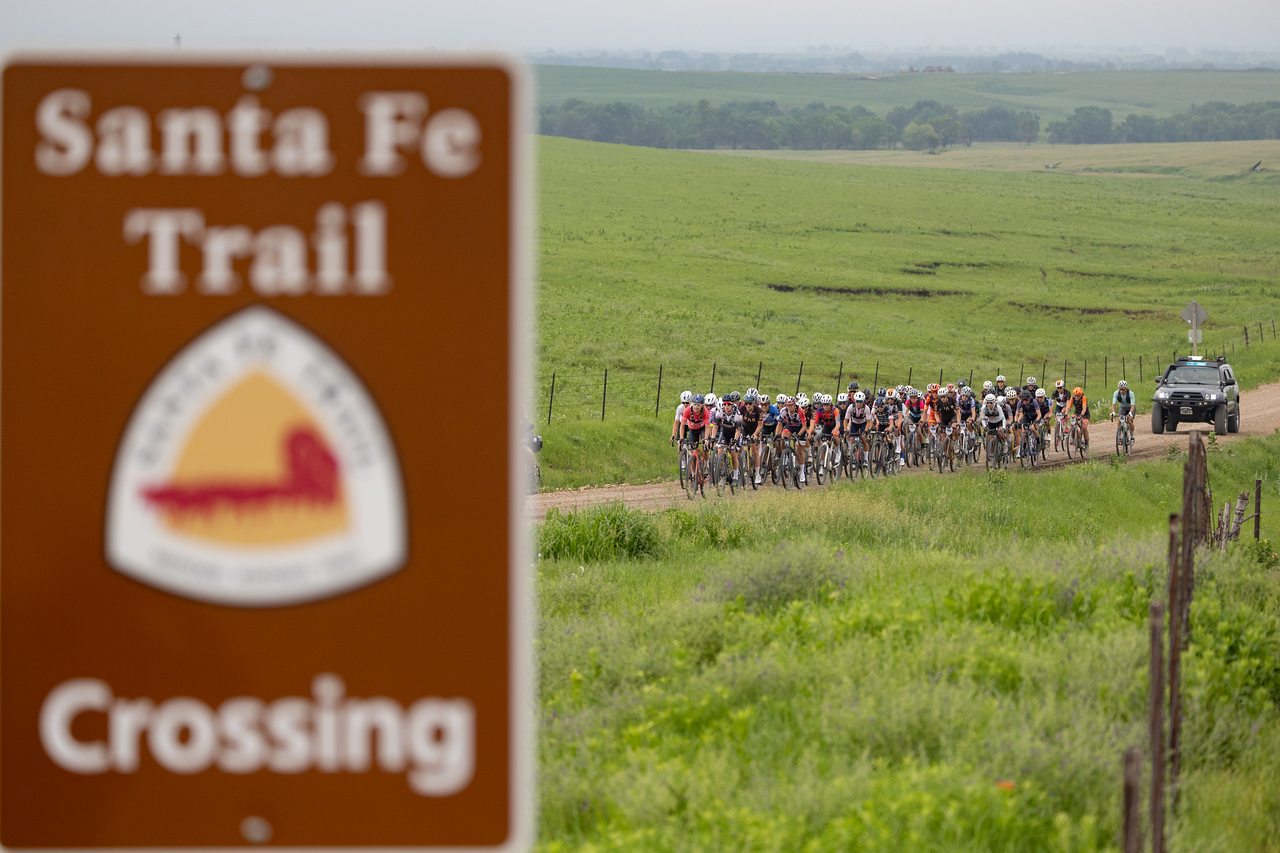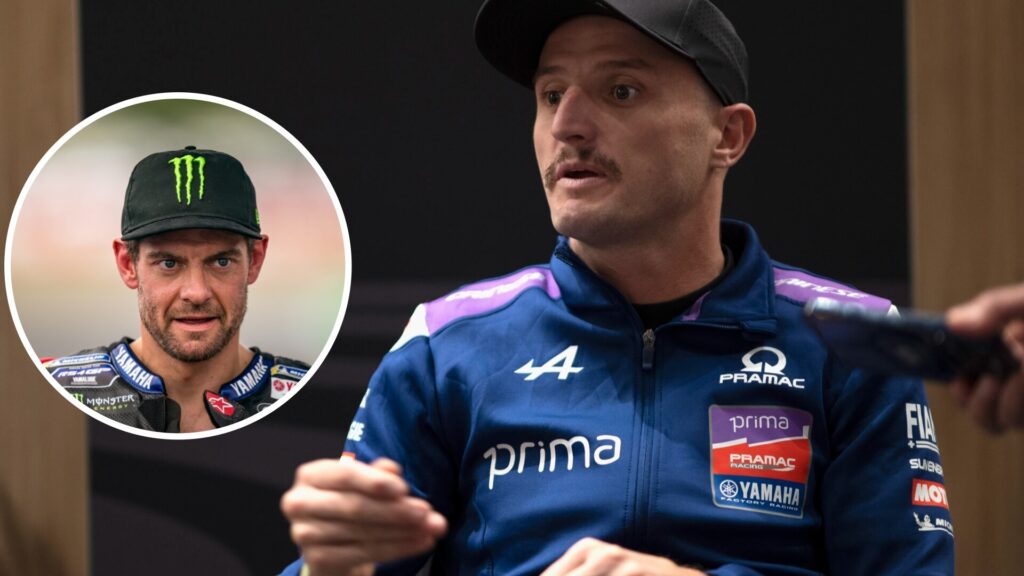;)
Having a clubface that is too far open in the downswing will kill your iron play.
@AndrewRiceGolf / X
Welcome to Play Smart, a regular GOLF.com game-improvement column that will help you become a smarter, better golfer.
Having a solid iron game is essential for carding birdies. If you can’t hit the ball close from the fairway, your chances of making birdies are badly diminished.
The problem with many recreational golfers’ iron play is that they don’t get enough forward shaft lean at impact. Instead, they stay back, cast the club and flip their hands through impact. Not only does this cause inconsistent contact, but it also robs you of power and spin.
While many recreational players know they should get forward shaft lean at impact, they struggle to do so. As it turns out, the fault often does not have to do with the shaft, but rather the orientation of the clubface during the downswing. GOLF Top 100 Teacher Andrew Rice explains more in the video below.
Avoid this critical error
If you watch the pros every week, you’ll notice that at impact, they get their hands in front of the ball, their pressure forward and the clubface is de-lofted. This is textbook-perfect impact position that helps them flag their irons.
Recreational players aren’t so adept at getting in this position. Instead, they hang their weight back, don’t get any forward shaft lean and actually add loft to the face.
“If you find yourself in that second impact position,” Rice says. “It is because of the clubface [being too far open].”
When you leave the clubface open during the downswing, in order to square it at impact, your body has to make compensations.
“They sense straight away that if they keep going forward, if they keep the handle moving forward, they’re not going to be able to square the face,” Rice says. “That open clubface position causes the pivot to stall [and] the handle to slow down so that they give the toe a chance catch up so they can deliver a square face.”
The square face is obviously a plus, but it comes at the expense of the quality of strike and trajectory. In order to make sure you get a square clubface and the proper forward shaft lean, it’s important to close the clubface earlier in the downswing so you can continue turning through impact.
“I’m getting my face in a stronger [more closed] position,” Rice says. “And if I’ve got an overly closed face on the way down, I’ve got to get [my weight] forward, I’ve got to de-loft the club in order to stop that club from closing too soon.”













